Research on Unmanned Surface Vessel Aggregation Formation Based on Improved A* and Dynamic Window Approach Fusion Algorithm
Abstract
1. Introduction
2. Materials and Methods
2.1. Overview of Traditional A* and DWA Algorithms
2.1.1. Traditional A* Algorithm
2.1.2. Traditional DWA Algorithm
2.1.3. Traditional A* and DWA Fusion Algorithm
2.2. Global Path Smoothing Optimization
2.2.1. Problems with the Global Path of the Traditional A* Algorithm
2.2.2. Improved Path Smoothing
2.3. Designated End Position Heading
2.3.1. Traditional Fusion Algorithm Endpoint Position Heading
2.3.2. Adding a Global Path End Point Guide Segment
2.4. Synergistic Optimization of Multi-USV Encounters
2.4.1. Encounter Problems in the Traditional Fusion Algorithm
2.4.2. Encounter Coordination Strategy for Multiple USVs
3. Experiments and Results
3.1. Global Path Smoothing Verification Experiment
3.2. Designated End Position Heading Verification Experiment
3.3. Validation Experiment for Encounter Coordination
3.4. Multi-USV Aggregation Formation Experiment
- By improving the traditional A* algorithm, this paper realizes the function of specifying the terminal course, which is more comprehensive in formation control ability;
- The algorithm in this paper can be successfully implemented in multi-type environments by setting appropriate parameters. However, the deep reinforcement learning algorithm needs many simulated environments for training, and also needs targeted training according to different types of environments to achieve better results. Therefore, the algorithm proposed in this paper is more adaptable to the environment;
- A deep reinforcement learning algorithm needs a lot of computing power and takes a long time to obtain an ideal training model, which puts higher demands on the equipment configuration involved in the calculation. The algorithm proposed in this paper is based on traditional A* and DWA algorithms, which have lower complexity and less demand for computing power;
- The RVO algorithm itself is prone to heading jitter in the navigation process, which puts forward higher requirements for the robot’s maneuverability, while the DWA algorithm fully considers the robot’s maneuverability and is more suitable for underactuated systems such as USV.
4. Conclusions
Author Contributions
Funding
Institutional Review Board Statement
Informed Consent Statement
Data Availability Statement
Conflicts of Interest
References
- Zhang, A.; Li, C.; Bi, W. Rectangle expansion A* pathfinding for grid maps. Chin. J. Aeronaut. 2016, 29, 1385–1396. [Google Scholar] [CrossRef]
- Qureshi, A.H.; Ayaz, Y. Potential functions based sampling heuristic for optimal path planning. Auton. Robot. 2016, 40, 1079–1093. [Google Scholar] [CrossRef]
- Liu, C.-A.; Yan, X.-H.; Liu, C.-Y.; Wu, H. A dynamic path planning method for mobile robots based on improved ant colony algorithm. J. Electron. 2011, 39, 1220–1224. [Google Scholar]
- Xiaoyan, W.; Yang, L.; Zhang, Y.; Meng, S. Robot path planning based on improved potential field ant colony algorithm. Control. Decis. Mak. 2018, 33, 1775–1781. [Google Scholar] [CrossRef]
- Roesmann, C.; Feiten, W.; Woesch, T.; Hoffmann, F.; Bertram, T. Trajectory Modification Considering Dynamic Constraints of Autonomous Robots. In Proceedings of the 7th German Conference on Robotics (ROBOTIK 2012), Munich, Germany, 21–22 May 2012; pp. 1–6. [Google Scholar]
- Statheros, T.; Howells, G.; McDonald-Maier, K. Autonomous ship collision avoidance navigation concepts, technologies and techniques. J. Navig. 2008, 61, 129–142. [Google Scholar] [CrossRef]
- Chen, J.; Xu, L.; Chen, J.; Liu, Q. Improved A~* and dynamic window method for mobile robot path planning. Comput. Integr. Manuf. Syst. 2022, 28, 1650–1658. [Google Scholar] [CrossRef]
- Lao, C.; Li, P.; Feng, Y. Greenhouse robot path planning based on improved A~* and DWA algorithm fusion. J. Agric. Mach. 2021, 52, 14–22. [Google Scholar]
- Li, W.G.; Wang, L.; Fang, D.X.; Li, Y.W.; Huang, X. Oint A~* and dynamic window method for path planning algorithm. Syst. Eng. Electron. Technol. 2021, 43, 3694–3702. [Google Scholar]
- Zhan, W.; Huang, Y.Q. Robot path planning by fusing secure A* algorithm with dynamic windowing method. Comput. Eng. 2022, 48, 105–112+120. [Google Scholar] [CrossRef]
- Liu, J.; Xue, L.; Zhang, H.; Liu, Z. Fusing improved A~* and DWA algorithms for dynamic path planning of robots. Comput. Eng. Appl. 2021, 57, 73–81. [Google Scholar]
- Lu, X.; Wu, C.; Yang, G.; Zhang, B.; Chen, Z. Improved A* and DWA Algorithms for Path Planning of Orchard Spraying Robots. Computer Engineering and Applications 1–8. Available online: http://kns.cnki.net/kcms/detail/11.2127.TP.20221125.1958.036.html (accessed on 18 May 2023).
- Zhao, J.; Zhao, T.; Feng, Y.; Cao, Z.; Zhong, Y. Research on robot path planning based on improved A~* algorithm and DWA fusion. Exp. Technol. Manag. 2023, 40, 87–92. [Google Scholar] [CrossRef]
- Bian, Y.M.; Ji, P.C.; Zhou, Y.H.; Yang, M. Improved DWA-based obstacle avoidance path planning for mobile robots. Chin. J. Eng. Mach. 2021, 19, 44–49. [Google Scholar] [CrossRef]
- Wu, B.; Chi, X.; Zhao, C.; Zhang, W.; Lu, Y.; Jiang, D. Dynamic Path Planning for Forklift AGV Based on Smoothing A* and Improved DWA Hybrid Algorithm. Sensors 2022, 22, 7079. [Google Scholar] [CrossRef] [PubMed]
- Xiang, D.; Lin, H.; Ouyang, J.; Huang, D. Combined improved A* and greedy algorithm for path planning of multi-objective mobile robot. Sci. Rep. 2022, 12, 13273. [Google Scholar] [CrossRef] [PubMed]
- Bai, X.; Jiang, H.; Cui, J.; Lu, K.; Chen, P.; Zhang, M. UAV Path Planning Based on Improved A* and DWA Algorithms. Int. Aerosp. Eng. 2021, 2021, 4511252. [Google Scholar] [CrossRef]
- Han, R.; Chen, S.; Wang, S.; Zhang, Z.; Gao, R.; Hao, Q.; Pan, J. Reinforcement Learned Distributed Multi-Robot Navigation With Reciprocal Velocity Obstacle Shaped Rewards. IEEE Robot. Autom. Lett. 2022, 7, 5896–5903. [Google Scholar] [CrossRef]
- Hart, P.E.; Nilsson, N.J.; Raphael, B. A Formal Basis for the Heuristic Determination of Minimum Cost Paths. IEEE Trans. Syst. Sci. Cybern. 1968, 4, 100–107. [Google Scholar] [CrossRef]
- Feng, K.; Ji, X.; Yang, X. Application of A* algorithm in self-driving vehicle path planning. Automot. Pract. Technol. 2020, 45, 25–28. [Google Scholar] [CrossRef]
- Fox, D.; Burgard, W.; Thrun, S. The dynamic window approach to collision avoidance. IEEE Robot. Autom. Mag. 1997, 4, 23–33. [Google Scholar] [CrossRef]
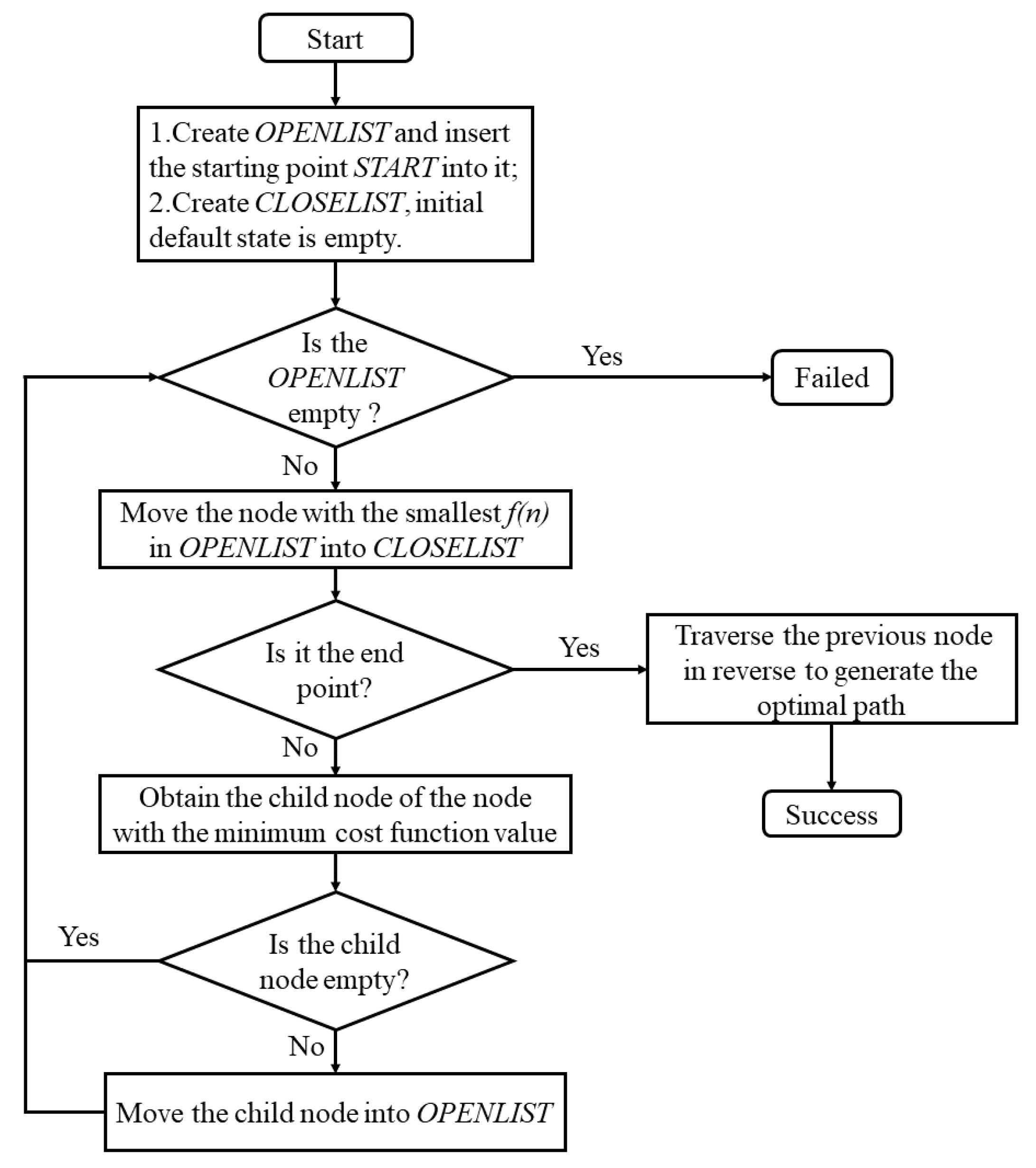
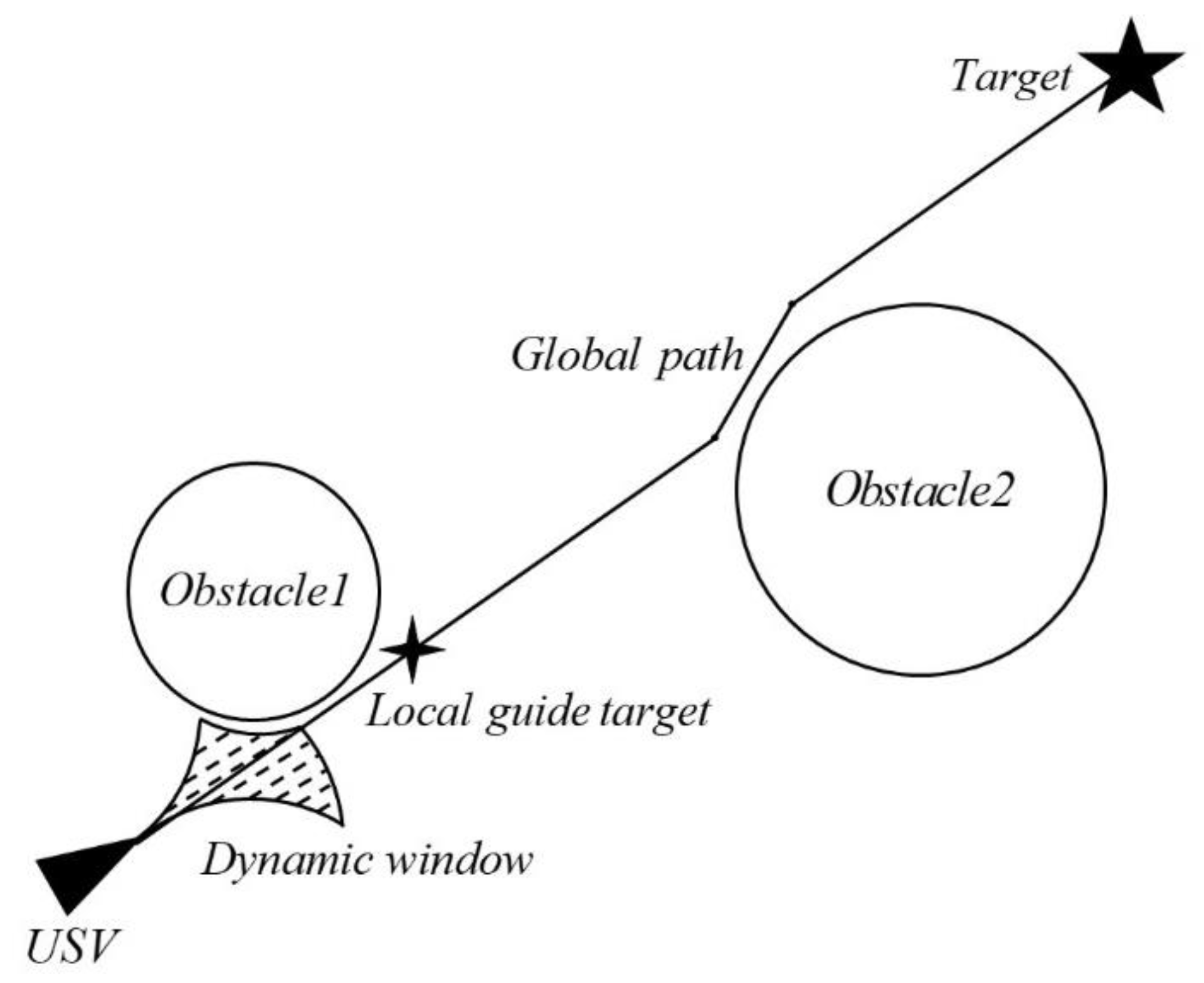
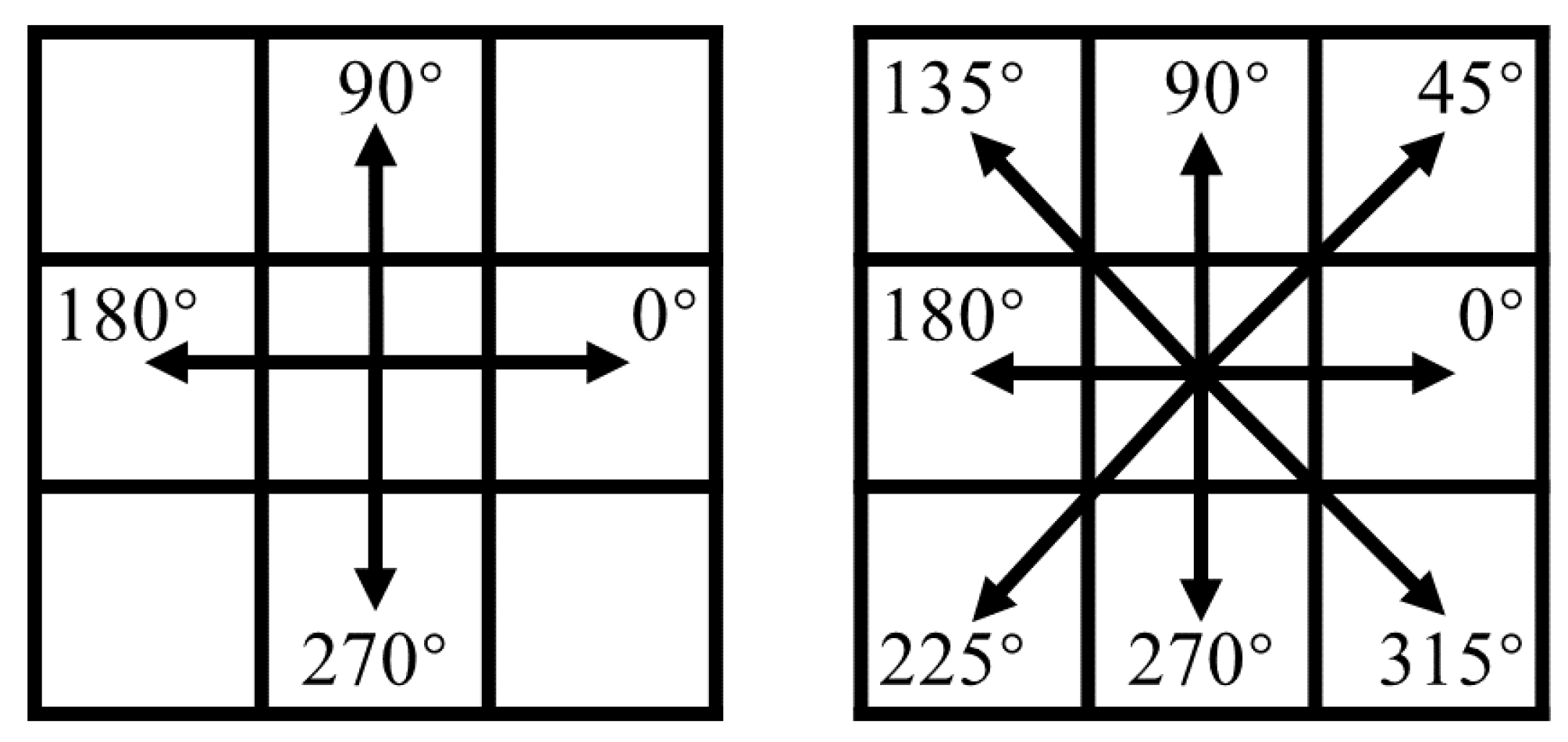

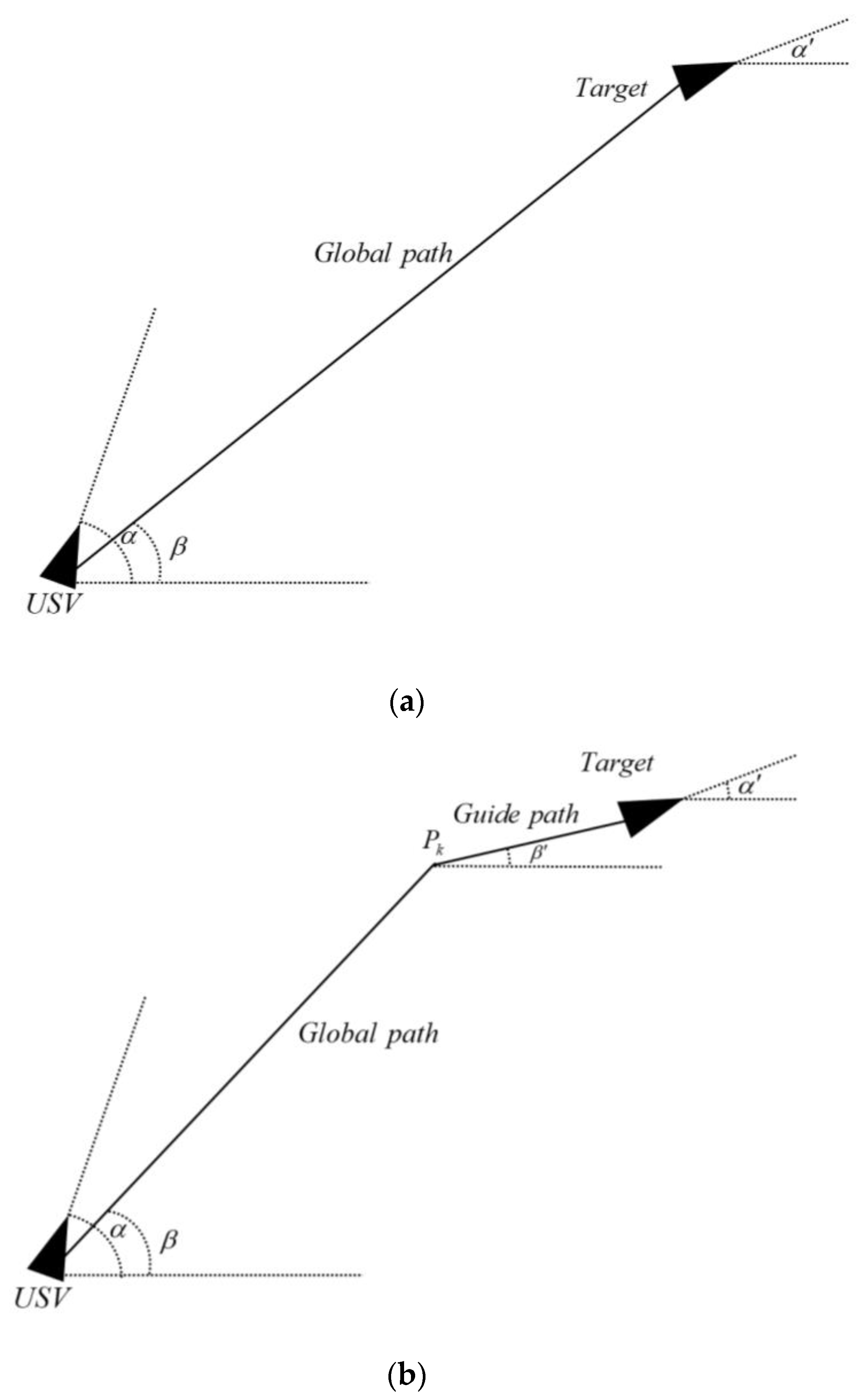
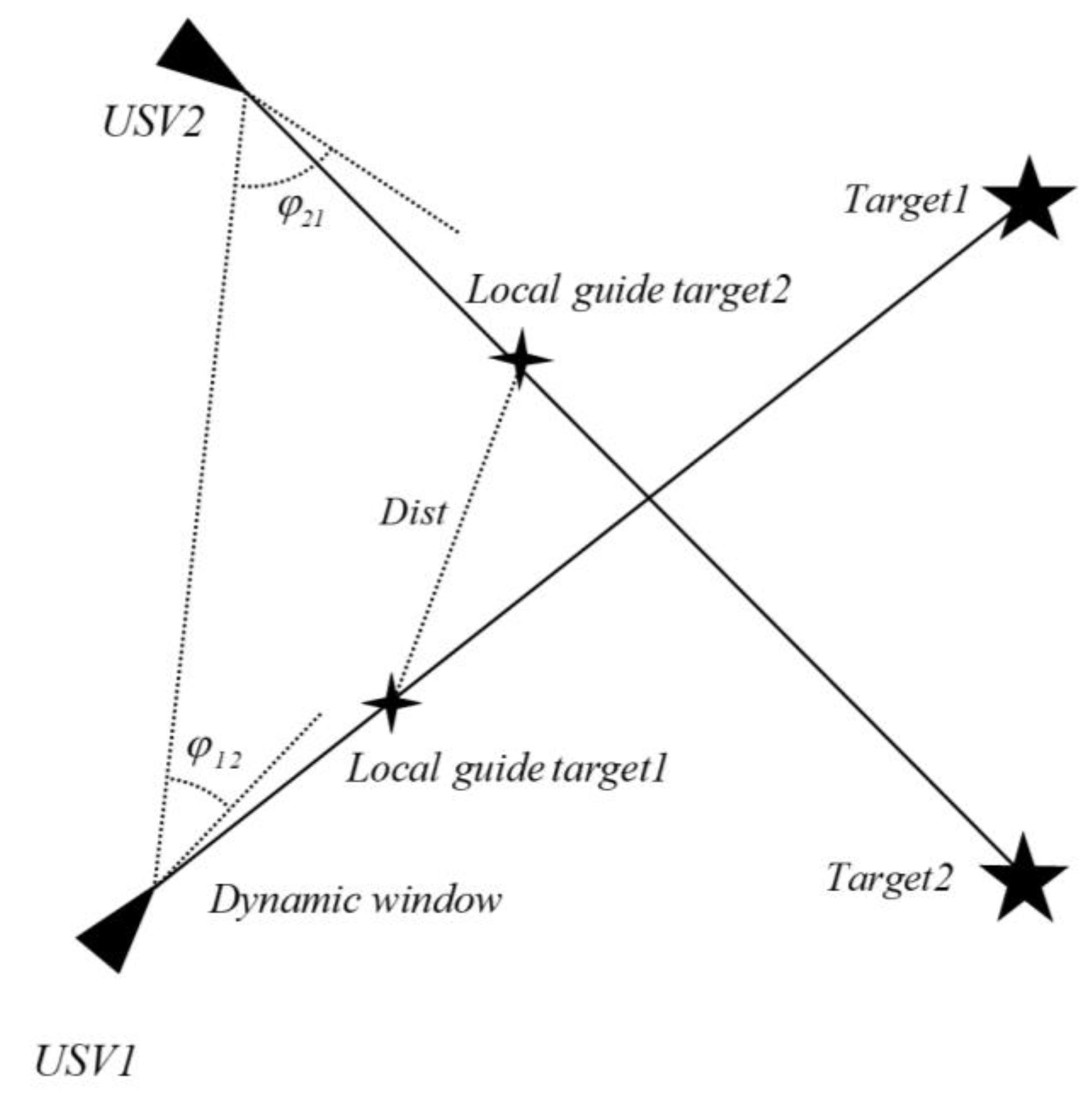
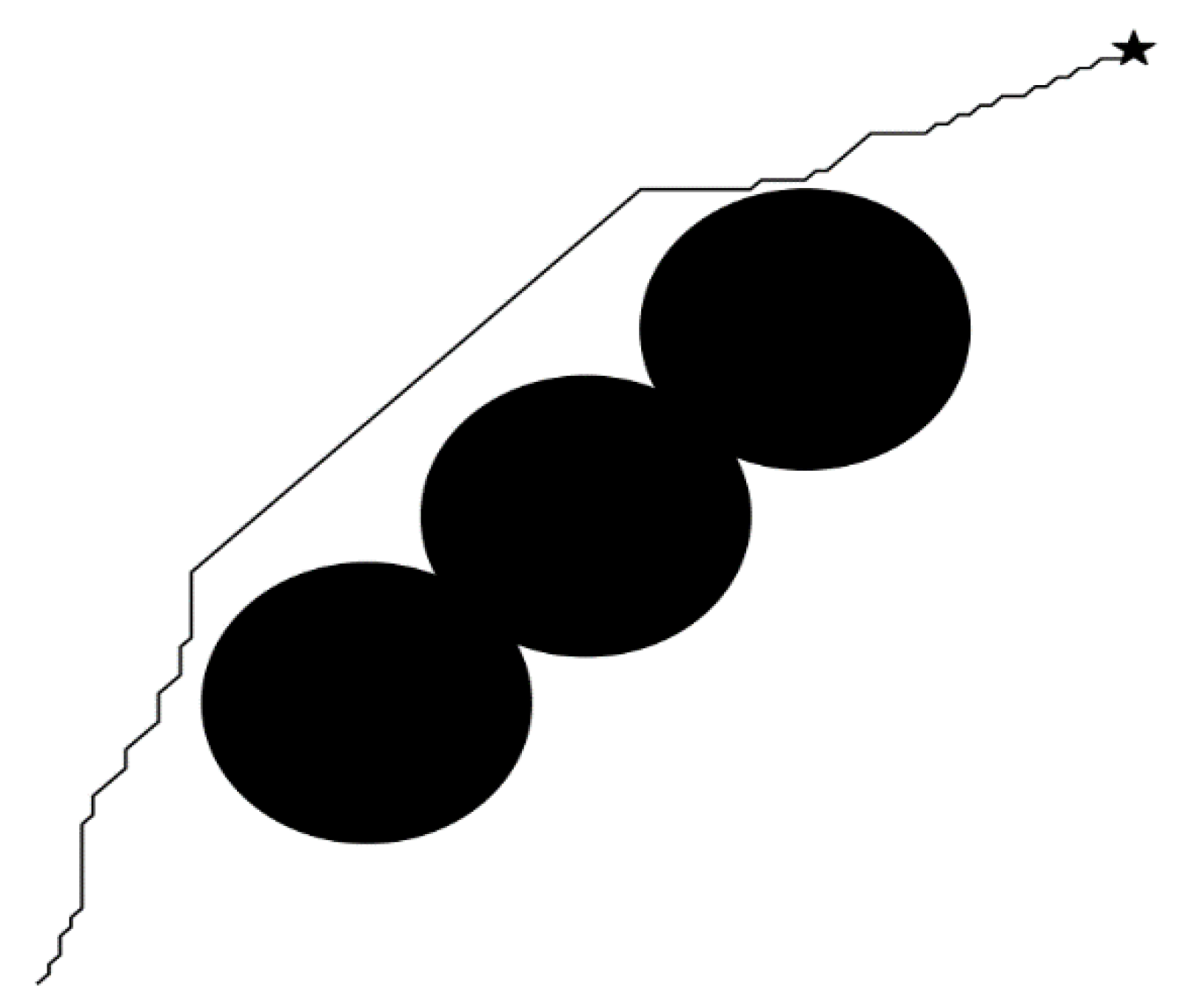
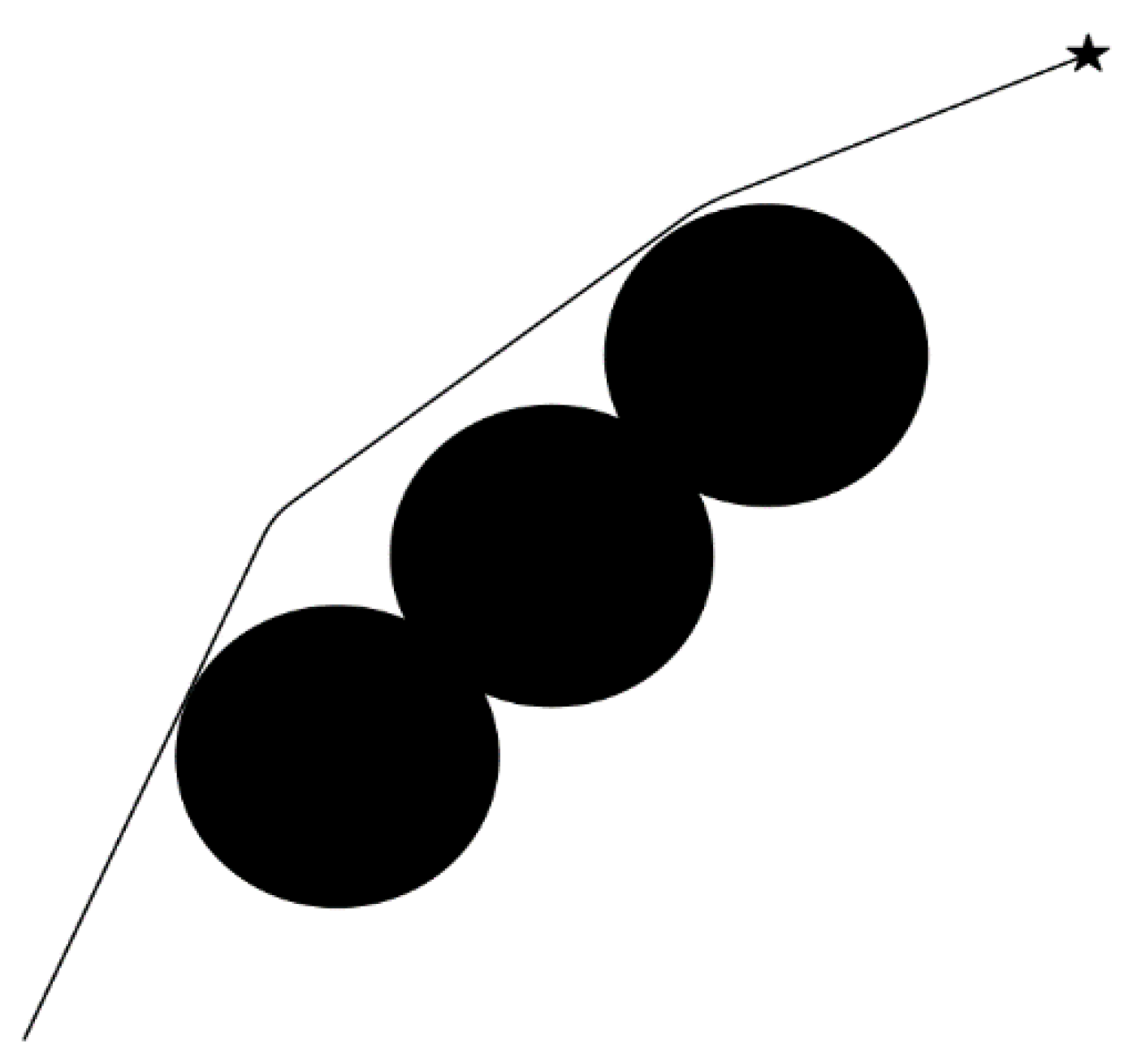
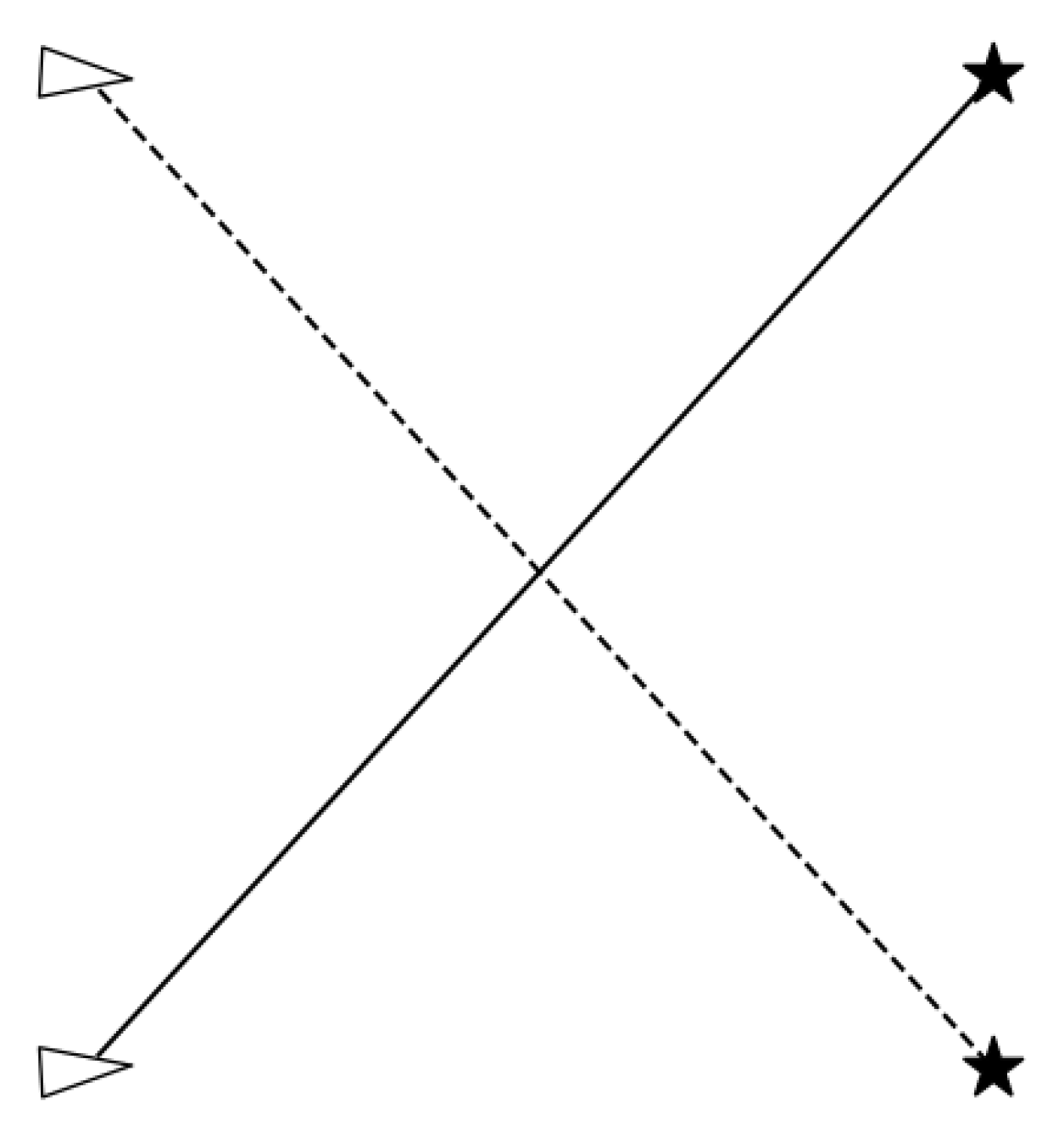
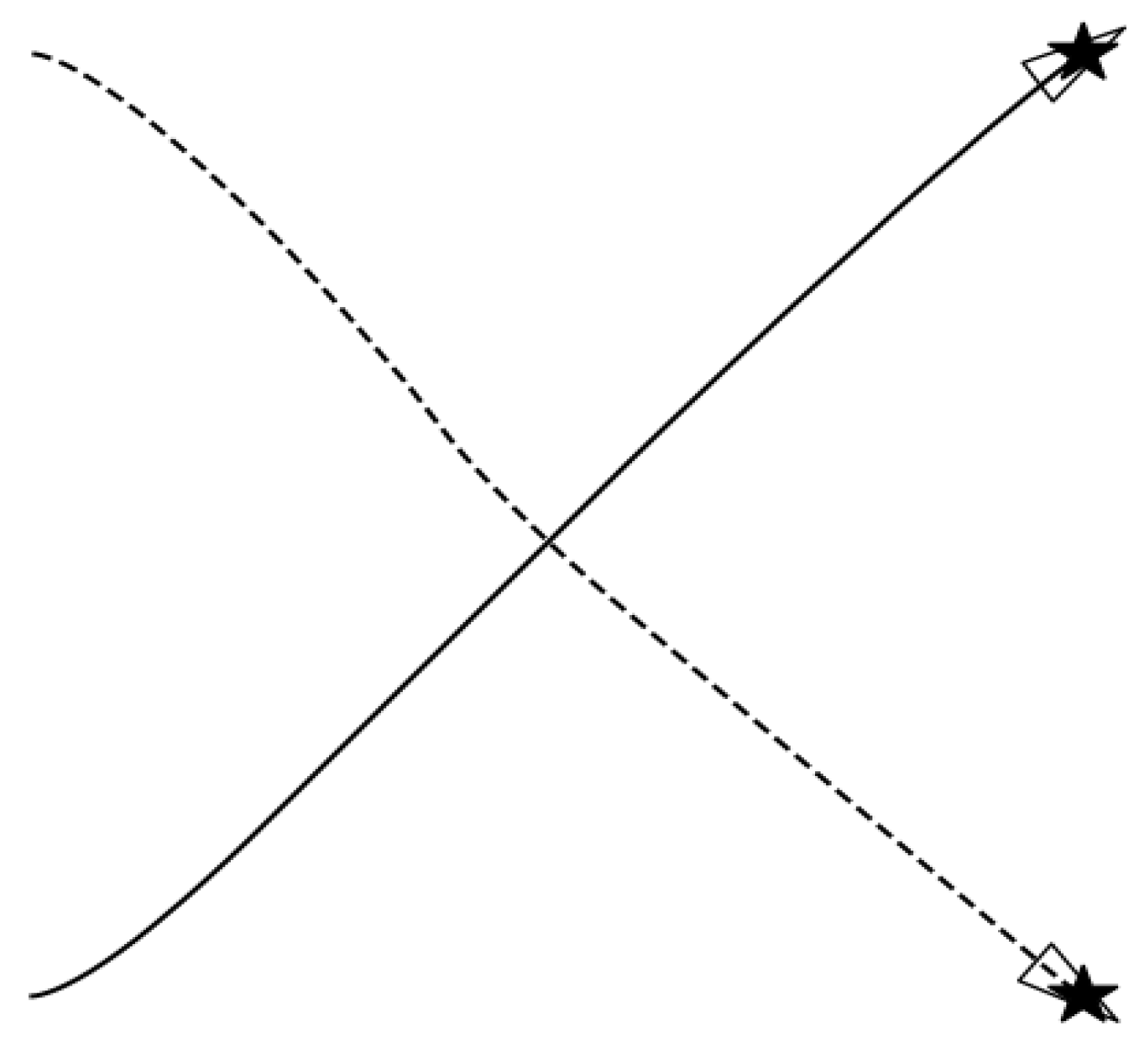
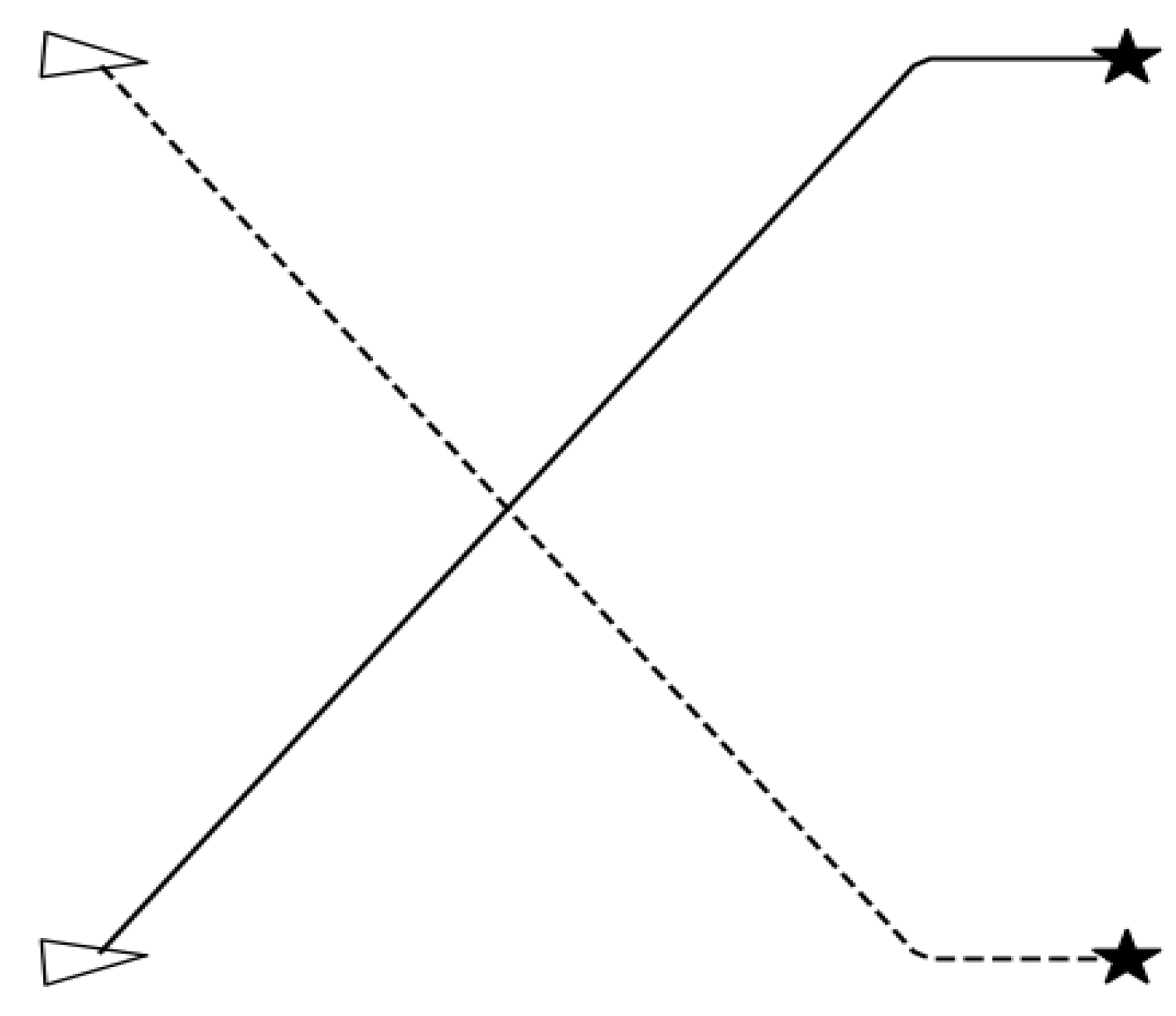
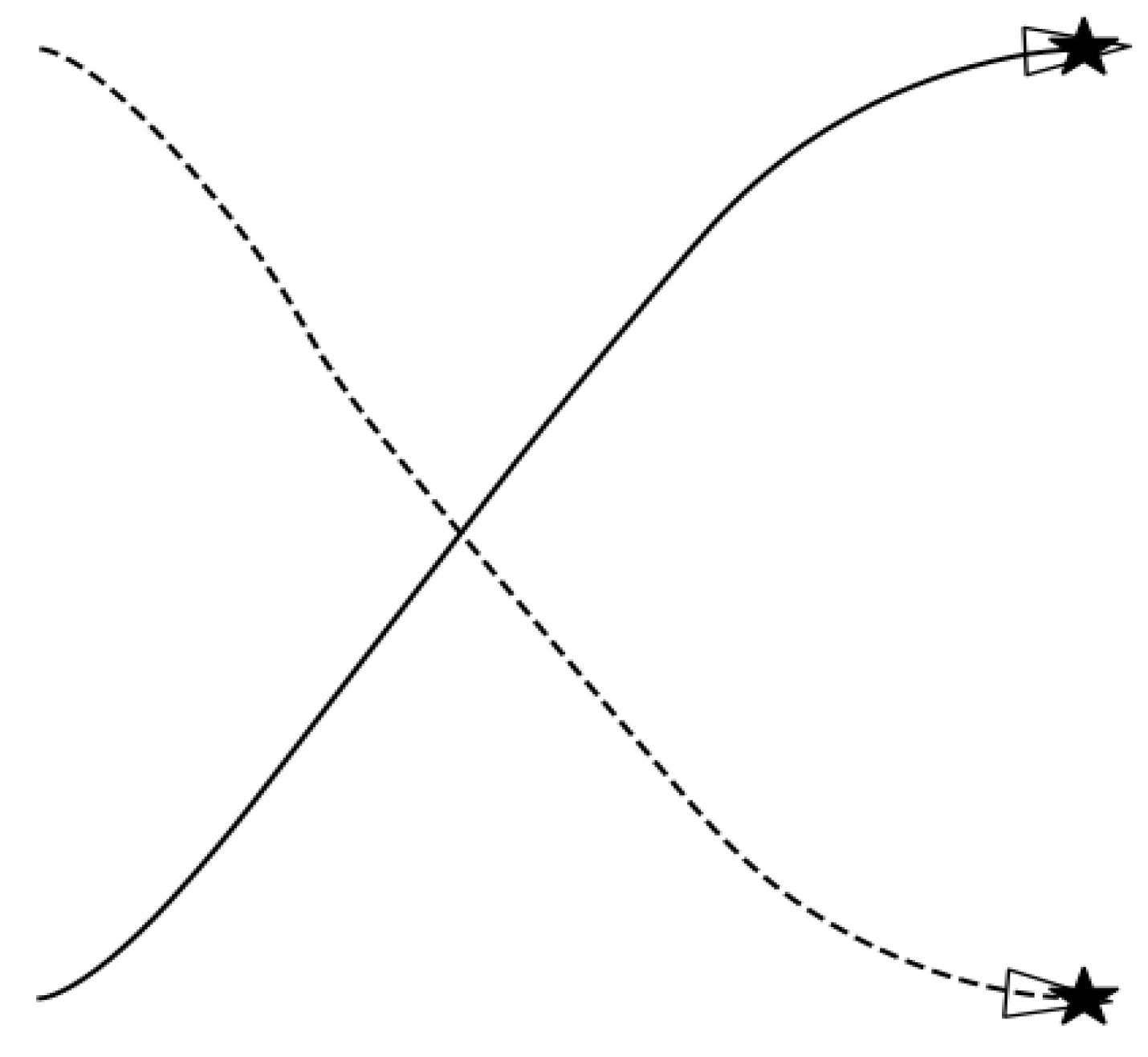


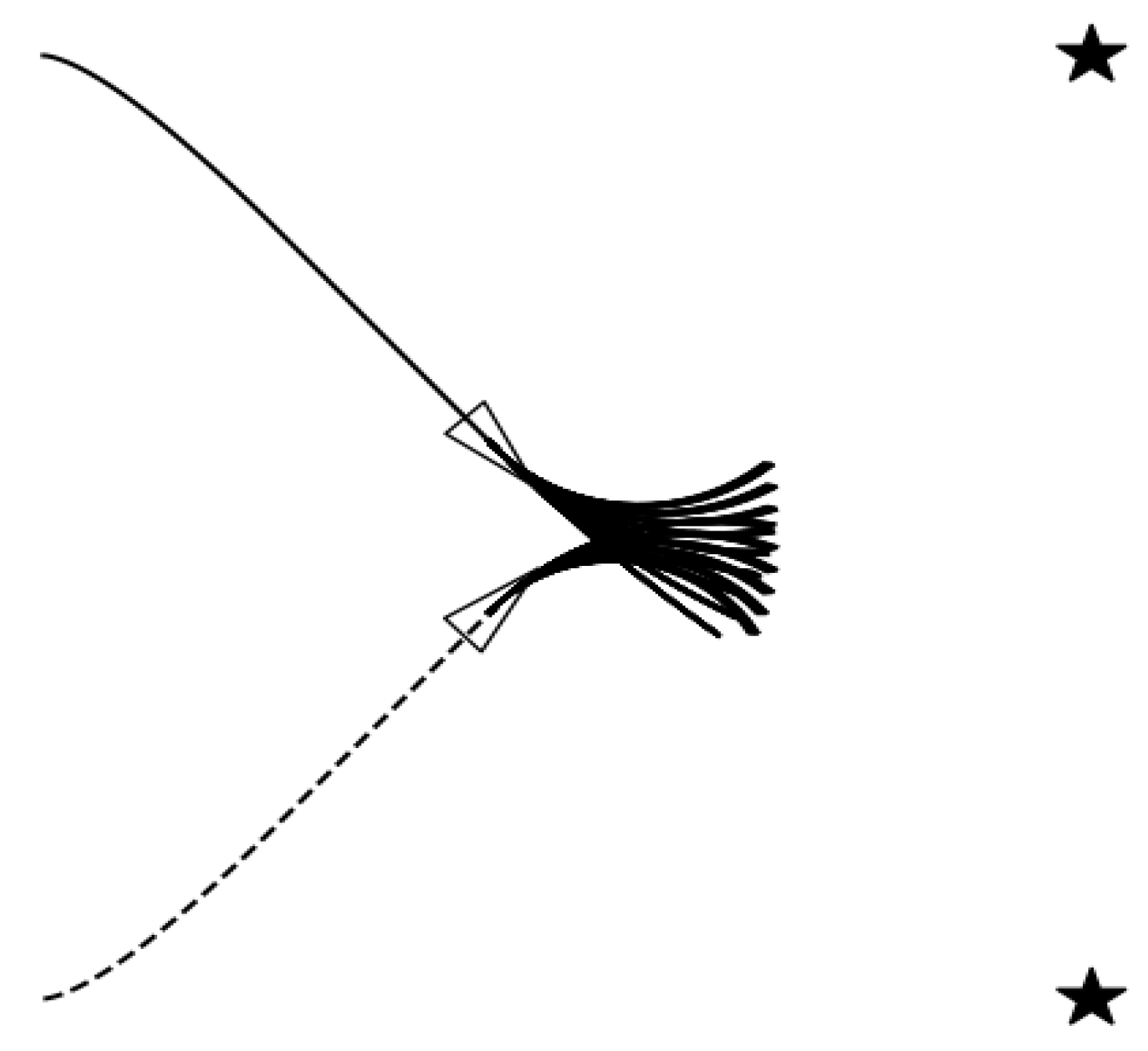
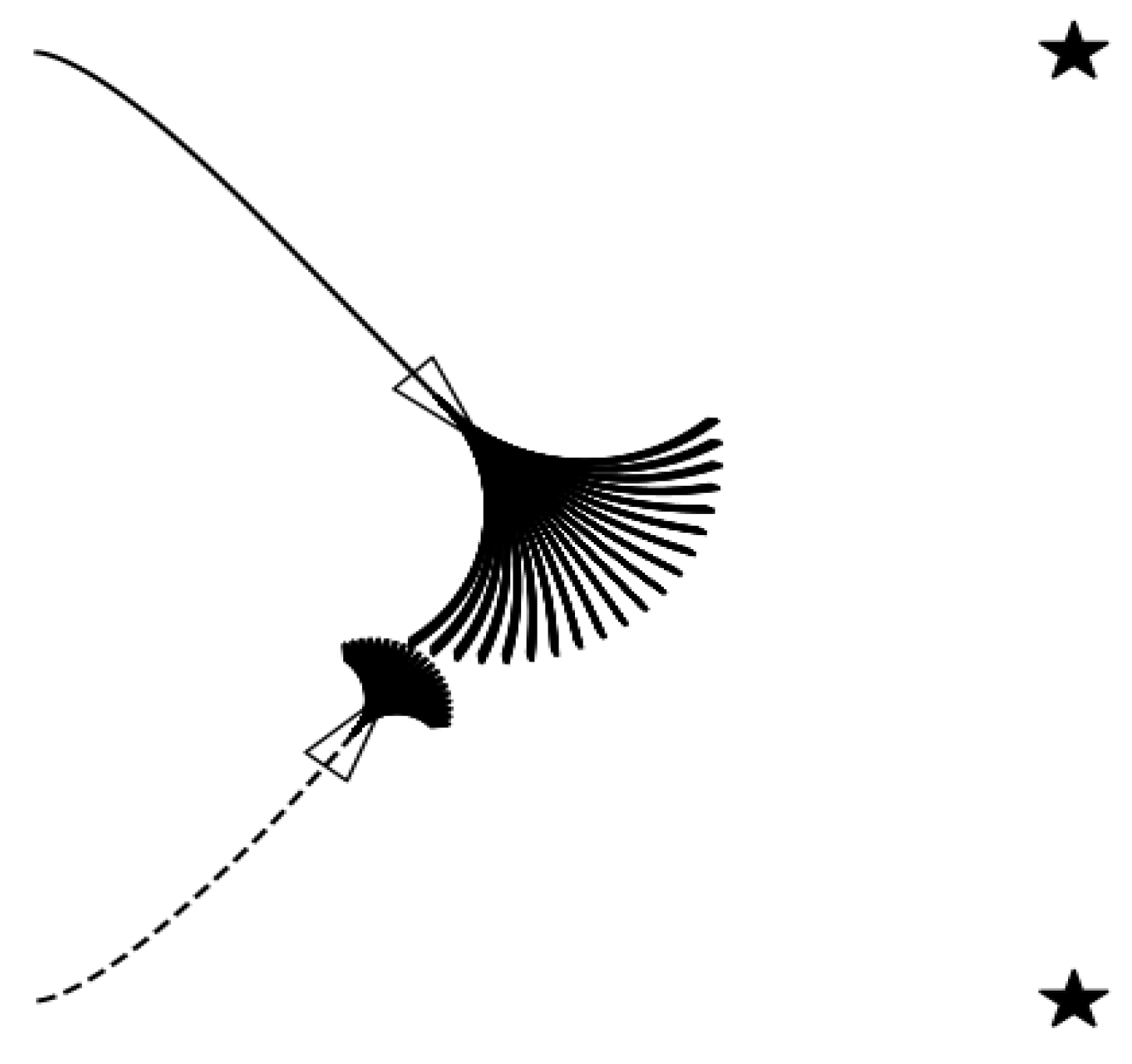

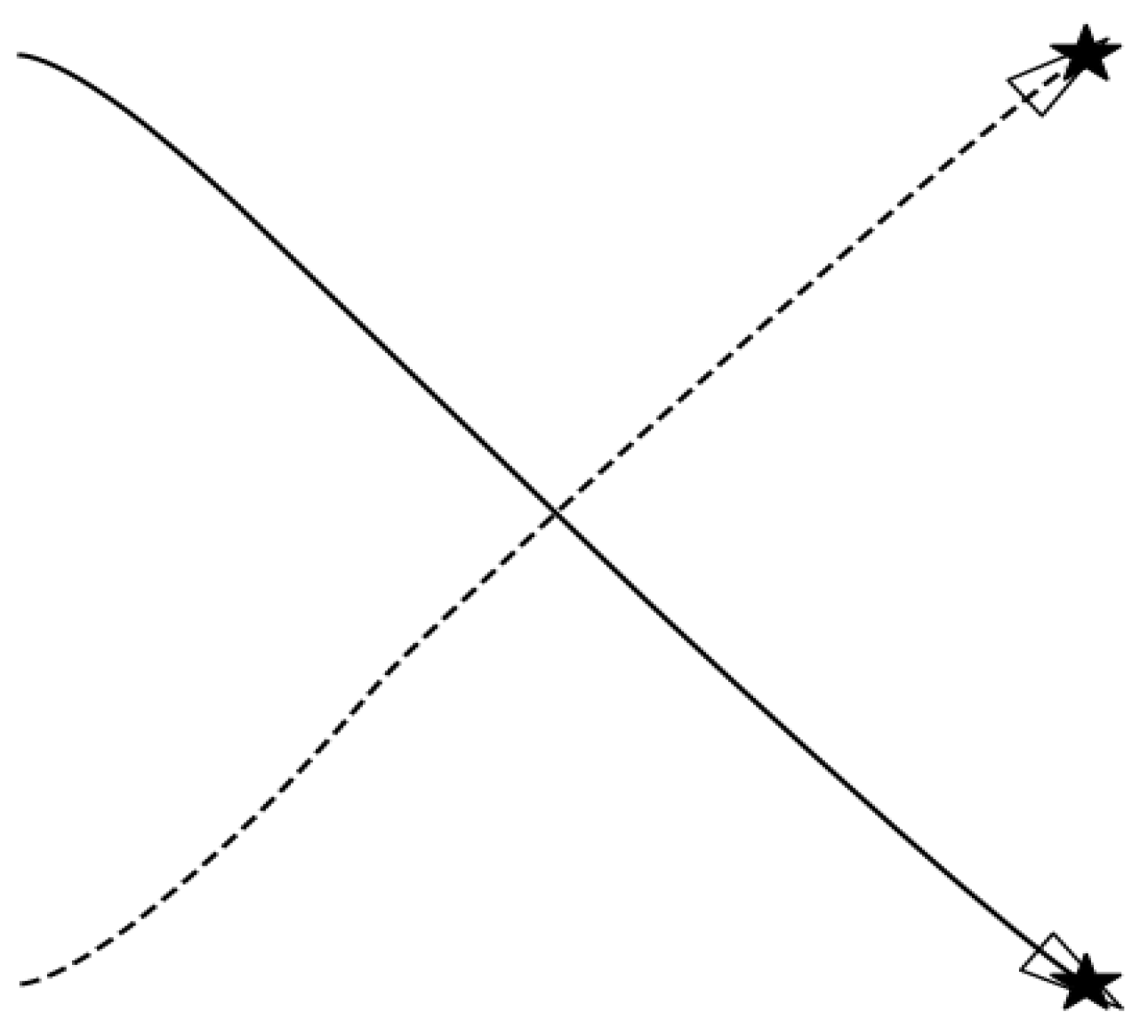
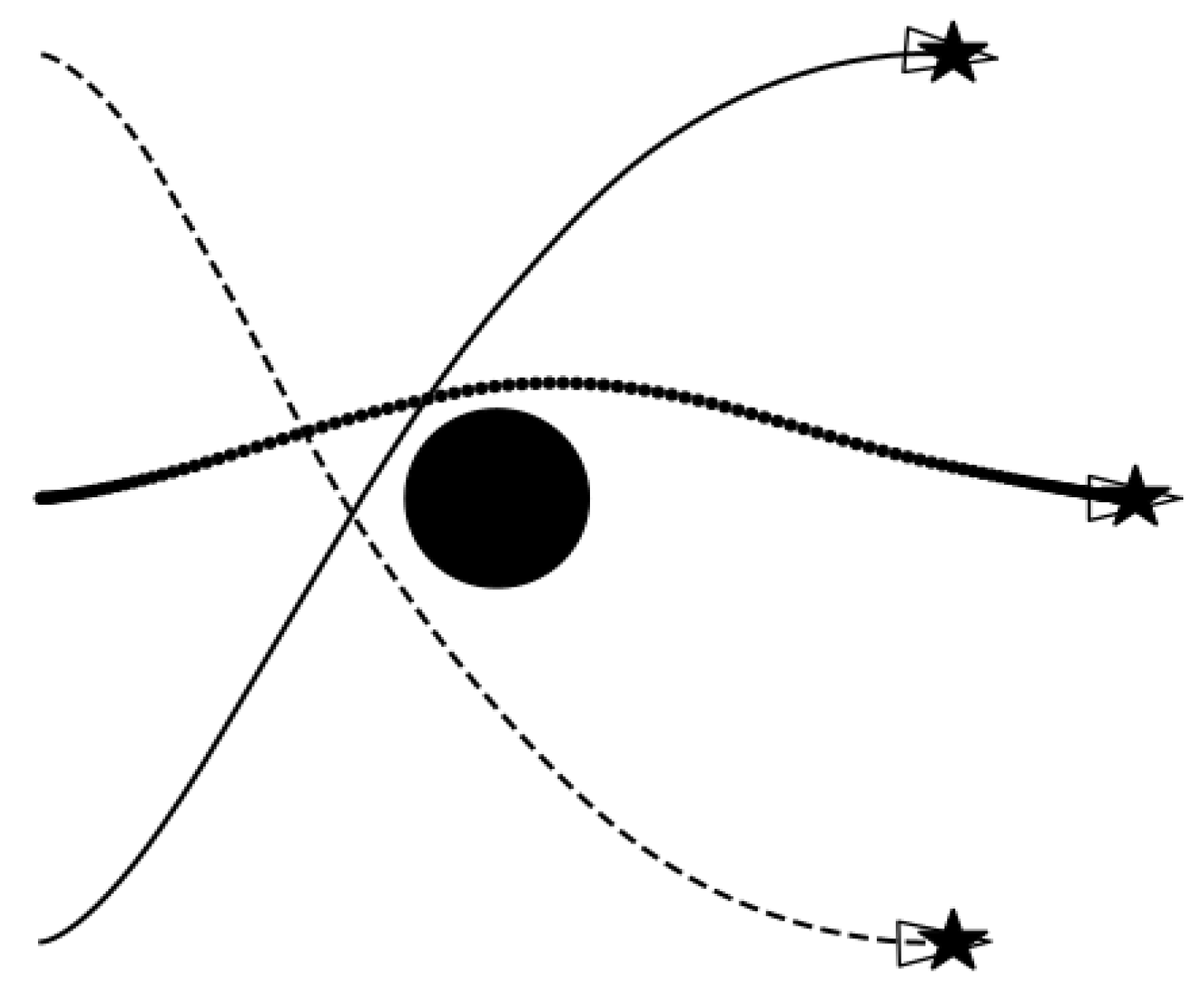
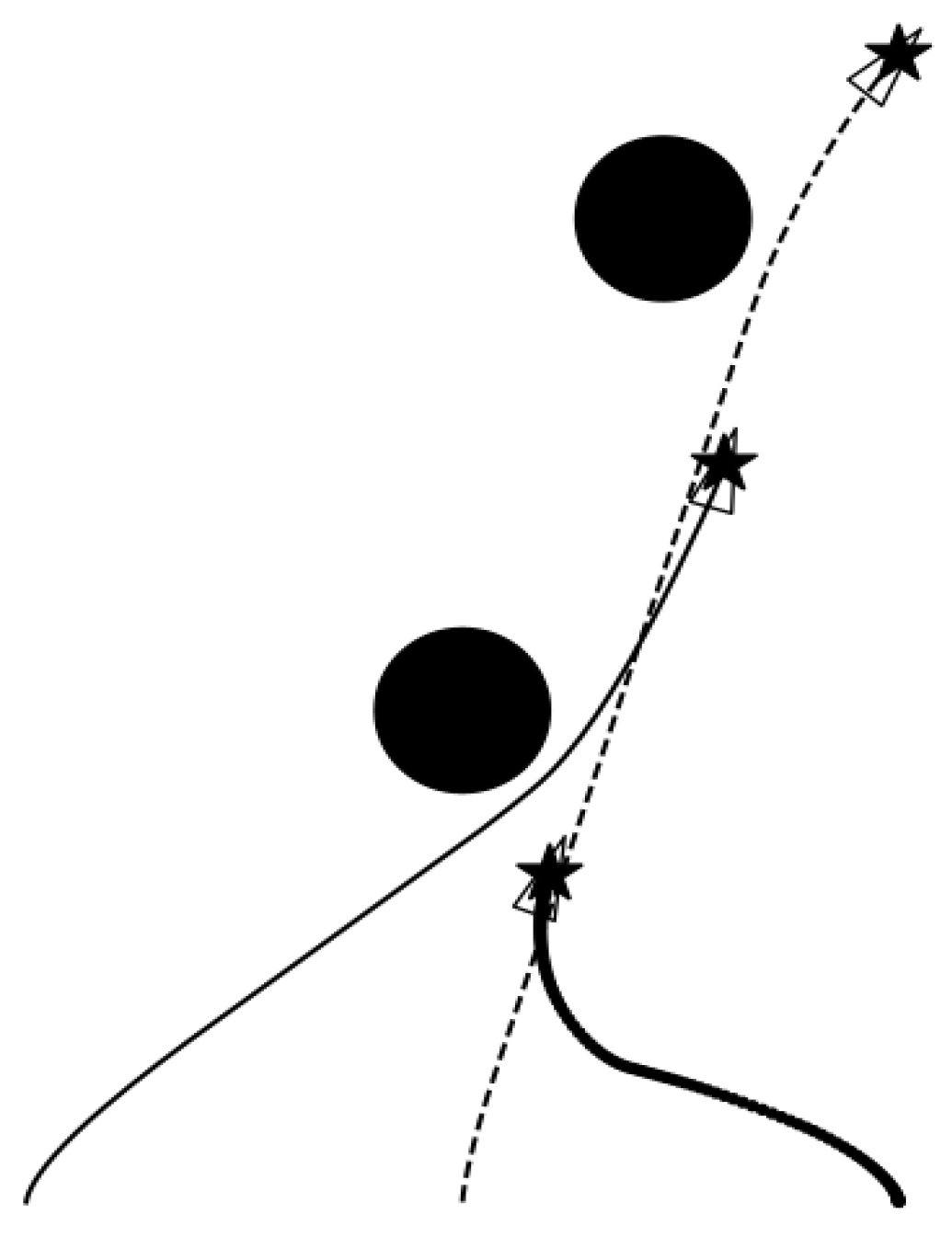
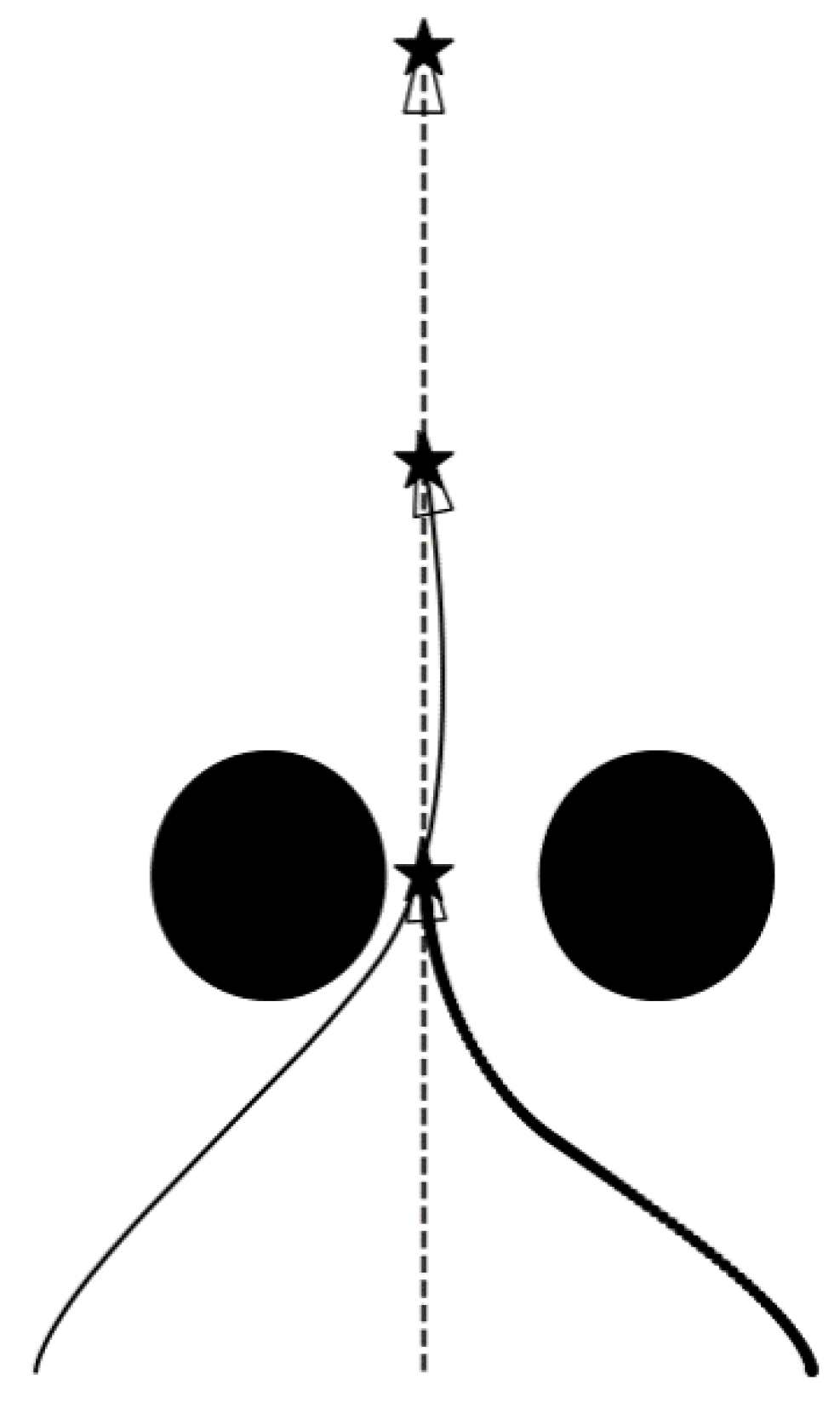
| Type | Parameter Value (Unit) |
|---|---|
| Minimum speed | 0 (kn) |
| Maximum speed | 20 (kn) |
| Minimum angular velocity | 15 (deg-s)−1 |
| Maximum angular velocity | 15 (deg-s)−1 |
| Acceleration | 2 (kn-s)−2 |
| Angular acceleration | 5 (deg-s)−2 |
| Type | Parameter Value (Unit) |
|---|---|
| Collision radius | 0.25 (nm) |
| Time period | 0.01 (h) |
| Speed resolution | 0.1 (kn) |
| Angular velocity resolution | 1 (deg-s)−1 |
| Predicted track time | 120 (s) |
| Global path unit length | 0.05 (nm) |
| 0.1 | |
| 0.1 | |
| 0.7 |
| Algorithm Name | Fusion Algorithm of A* and DWA | Fusion Algorithm of RVO and DRL |
|---|---|---|
| Algorithm core method | Fusion algorithm of Improved A* and traditional DWA | Fusion algorithm of RVO and multiple PPO deep reinforcement learning |
| Number of robots in formation | 3 | 10/16/20 |
| Designated terminal course | Yes | No |
| Acclimatization | Strong | Weak |
| Computing power demand | Low | High |
| Maneuverability requirements of robots | Low | High |
Disclaimer/Publisher’s Note: The statements, opinions and data contained in all publications are solely those of the individual author(s) and contributor(s) and not of MDPI and/or the editor(s). MDPI and/or the editor(s) disclaim responsibility for any injury to people or property resulting from any ideas, methods, instructions or products referred to in the content. |
© 2023 by the authors. Licensee MDPI, Basel, Switzerland. This article is an open access article distributed under the terms and conditions of the Creative Commons Attribution (CC BY) license (https://creativecommons.org/licenses/by/4.0/).
Share and Cite
Wei, G.-A.; Zhang, J.-Q. Research on Unmanned Surface Vessel Aggregation Formation Based on Improved A* and Dynamic Window Approach Fusion Algorithm. Appl. Sci. 2023, 13, 8625. https://doi.org/10.3390/app13158625
Wei G-A, Zhang J-Q. Research on Unmanned Surface Vessel Aggregation Formation Based on Improved A* and Dynamic Window Approach Fusion Algorithm. Applied Sciences. 2023; 13(15):8625. https://doi.org/10.3390/app13158625
Chicago/Turabian StyleWei, Ge-An, and Jian-Qiang Zhang. 2023. "Research on Unmanned Surface Vessel Aggregation Formation Based on Improved A* and Dynamic Window Approach Fusion Algorithm" Applied Sciences 13, no. 15: 8625. https://doi.org/10.3390/app13158625
APA StyleWei, G.-A., & Zhang, J.-Q. (2023). Research on Unmanned Surface Vessel Aggregation Formation Based on Improved A* and Dynamic Window Approach Fusion Algorithm. Applied Sciences, 13(15), 8625. https://doi.org/10.3390/app13158625





